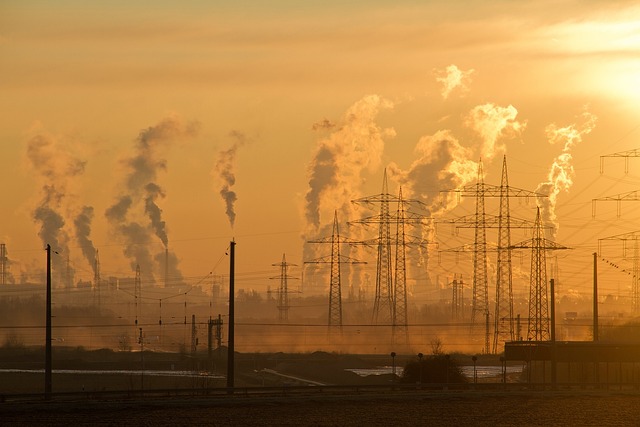In recent years, as our understanding of environmental issues has evolved, an often-overlooked factor has emerged from the shadows: noise pollution. While we typically associate pollution with visible contaminants like smoke and plastic waste, sound pollution is making a silent yet significant impact on our planet’s climate and extreme weather patterns. The cacophony of urban life—ranging from honking cars to industrial machinery—transforms our natural habitats and directly impacts both local ecosystems and the global environment.
Noise pollution disrupts the fundamental behaviors of wildlife. Many species rely on sound for communication, mating, and navigation. As their sonic environments shift due to human activities, animals are forced to adapt. This stress can compromise their health and lead to declining populations, thus destabilizing ecosystems. Decreased biodiversity weakens the resilience of ecosystems to cope with climate change, making them less capable of withstanding extreme weather events like hurricanes, floods, and heatwaves.
Furthermore, the links between noise pollution and climate change are becoming increasingly apparent. Areas burdened by high levels of noise often experience urban heat islands, where cities become significantly warmer than surrounding areas due to human activity. These temperature increases also affect local weather patterns, leading to more intense storms and unpredictable rainfall. The continues rise in urban noise contributes to a vicious cycle, with warmer temperatures amplifying noise levels and exacerbating the ongoing challenge of climate change.
Noise can also influence meteorological phenomena. Research suggests that sound waves produced by human activities can disrupt the flow of air and influence local wind patterns. This disruption can skew weather forecasts and result in extreme weather conditions that catch communities off-guard. Imagine a summer day where a once-refreshing breeze is replaced by a suffocating silence, all because the natural soundscape has been altered. This degradation of our auditory environment can mask the early warnings of severe storms, leaving communities vulnerable and unprepared.
It’s essential to recognize how noise pollution interacts with climate change as we navigate our path toward a sustainable future. By minimizing our noise output and becoming more mindful of our sonic footprint, we can contribute to creating a healthier environment. Solutions such as implementing noise-reduction technologies, creating green spaces, and promoting awareness can mitigate the effects of noise pollution, allowing nature to reclaim its rhythm and balance.
The next time you step outside and hear the world around you, pause for a moment. Consider the impact your environment—and your actions—have on it. Reflect on the quiet moments that rejuvenate your spirit and appreciate how essential the sounds of nature are to maintaining the delicate balance of our climate. Recognizing the inherent value of a peaceful environment is the first step toward combating the silent threat of noise pollution in a world increasingly affected by extreme weather and climate change.




